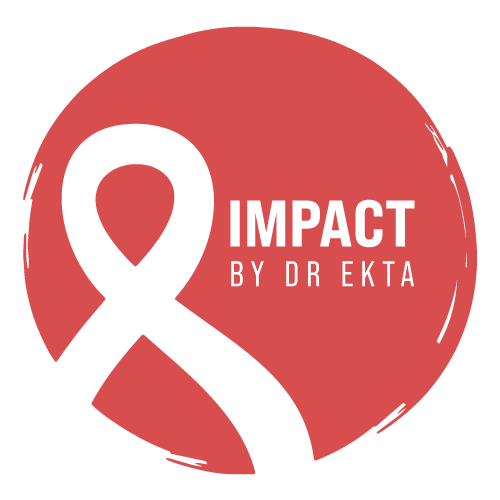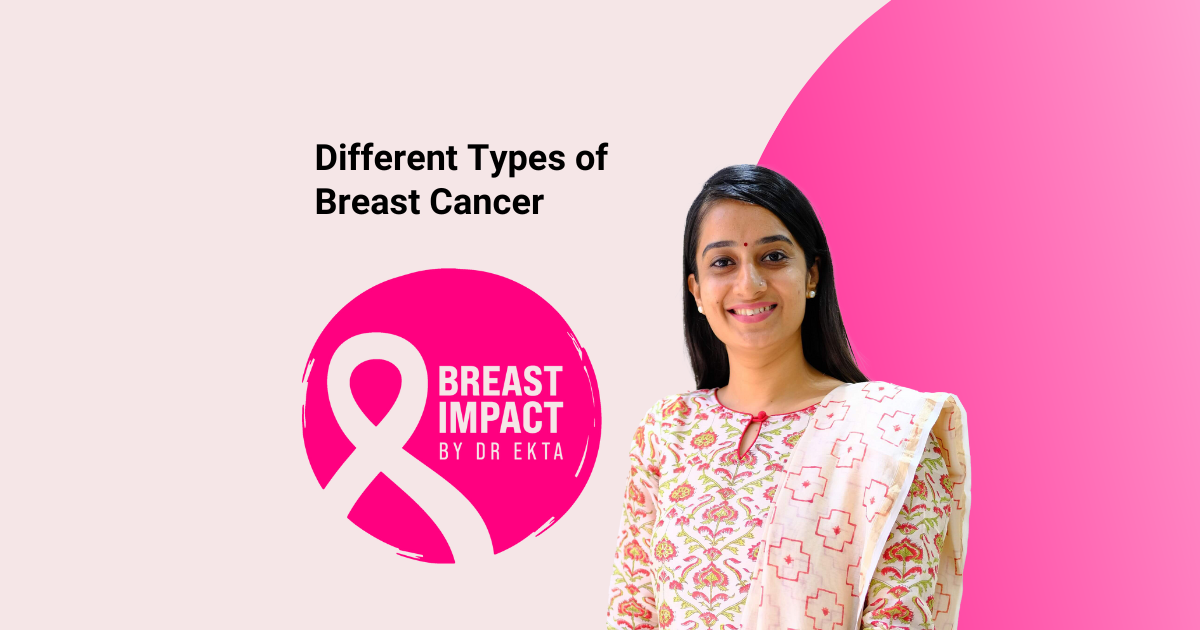I often meet patients who are surprised to learn that breast cancer is not just one disease. There are multiple types of breast cancer, each with its own characteristics, treatment options, and prognosis. Understanding these differences is crucial for early detection, personalized treatment, and improved outcomes. In this blog, I will walk you through the various types of breast cancer, helping you grasp the complexities of this disease and the importance of a tailored approach to treatment.
Understanding Breast Cancer
Before diving into the specific types, it’s important to understand what breast cancer is. It occurs when abnormal cells in the breast grow uncontrollably, forming a tumor that can be benign (non-cancerous) or malignant (cancerous). When malignant, the tumor has the potential to spread to other parts of the body, making early diagnosis and treatment essential.
Common Types of Breast Cancer
1. Ductal Carcinoma In Situ (DCIS)
DCIS is a non-invasive form of breast cancer where abnormal cells are confined to the milk ducts. It is considered the earliest stage of breast cancer and is highly treatable. However, if left untreated, DCIS can develop into invasive cancer. Treatment options often include surgery and radiation therapy.
2. Invasive Ductal Carcinoma (IDC)
IDC is the most common type of breast cancer, accounting for nearly 80% of all cases. This cancer begins in the milk ducts but invades surrounding breast tissue. If not detected early, IDC can spread to the lymph nodes and other parts of the body. Treatment typically involves surgery, chemotherapy, radiation, and targeted therapy depending on the stage and specific tumor characteristics.
3. Invasive Lobular Carcinoma (ILC)
Unlike IDC, which starts in the milk ducts, ILC originates in the lobules, the glands responsible for producing milk. ILC is the second most common type of breast cancer, but it behaves differently than IDC. It tends to grow in a single-file pattern, making it harder to detect through physical exams or mammograms. Treatment often includes surgery, hormone therapy, chemotherapy, and radiation therapy.
Rare Types of Breast Cancer
4. Triple-Negative Breast Cancer (TNBC)
TNBC is an aggressive form of breast cancer that lacks estrogen, progesterone, and HER2 receptors, making it unresponsive to hormonal or HER2-targeted therapies. It accounts for about 10-15% of all breast cancer cases and is more common in younger women and African American women. Since TNBC grows and spreads rapidly, chemotherapy is the primary treatment option.
5. HER2-Positive Breast Cancer
This type of breast cancer is characterized by an overexpression of the HER2 protein, which promotes cancer cell growth. HER2-positive tumors tend to be more aggressive, but the good news is that targeted therapies like trastuzumab (Herceptin) and pertuzumab (Perjeta) have significantly improved outcomes for patients with this type of cancer.
6. Inflammatory Breast Cancer (IBC)
IBC is a rare and aggressive type of breast cancer that causes the breast to appear red, swollen, and warm. Unlike other forms of breast cancer, IBC does not typically form a lump. Instead, cancer cells block lymphatic vessels, leading to inflammation. IBC requires immediate and aggressive treatment, often including chemotherapy, surgery, and radiation therapy.
7. Paget’s Disease of the Breast
This rare form of breast cancer starts in the skin of the nipple and may extend to the areola. Patients with Paget’s disease often experience itching, burning, redness, or crusting around the nipple. Paget’s disease is usually associated with underlying ductal carcinoma in situ (DCIS) or invasive breast cancer.
8. Metastatic Breast Cancer (Stage IV)
Metastatic breast cancer, also known as Stage IV cancer, is when cancer has spread beyond the breast to other organs such as the bones, liver, lungs, or brain. While it is not curable, advancements in treatment have allowed many patients to manage the disease for years, maintaining a good quality of life. Treatment focuses on controlling the spread, relieving symptoms, and improving longevity.
Hormone Receptor Status and Breast Cancer
Apart from these classifications, breast cancer can also be categorized based on hormone receptor status:
Hormone Receptor-Positive Breast Cancer: These cancers grow in response to estrogen and/or progesterone. Hormone therapy, such as tamoxifen or aromatase inhibitors, is often used as a treatment.
HER2-Positive Breast Cancer: As mentioned earlier, these cancers overexpress the HER2 protein and respond well to targeted therapies.
Triple-Negative Breast Cancer (TNBC): Lacking hormone receptors and HER2, TNBC has limited targeted treatment options and is typically managed with chemotherapy.
Importance of Early Detection
No matter the type of breast cancer, early detection remains key to improving survival rates. Routine mammograms, self-breast exams, and awareness of warning signs—such as lumps, nipple discharge, or changes in breast size, can help catch cancer early when treatment is most effective.
Final Thoughts: Personalized Treatment is Key
I emphasize that every breast cancer diagnosis is unique. Treatment plans should be individualized based on the cancer type, stage, hormone receptor status, and patient preferences. Advances in medical research have paved the way for more precise, targeted therapies, giving patients better outcomes and improved quality of life.
If you or someone you know has been diagnosed with breast cancer, remember that you are not alone. With early detection, innovative treatments, and a strong support system, there is hope for a better tomorrow.
Have you or a loved one been affected by breast cancer? Share your thoughts and experiences in the comments below. Let’s raise awareness and support each other in the fight against breast cancer.

